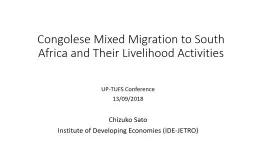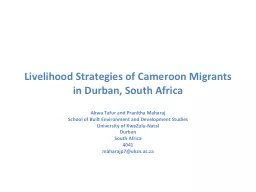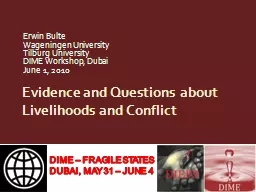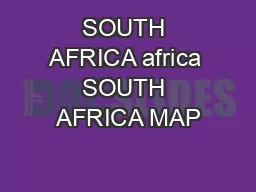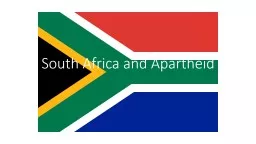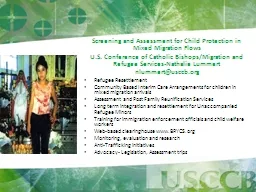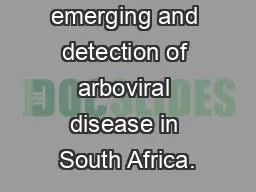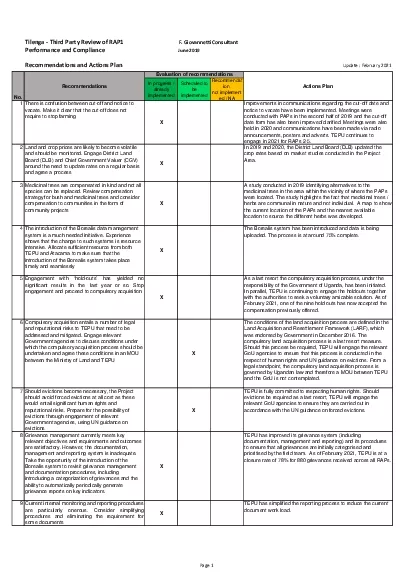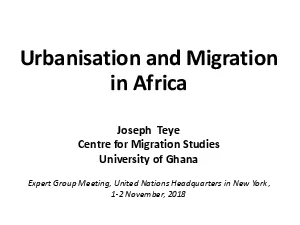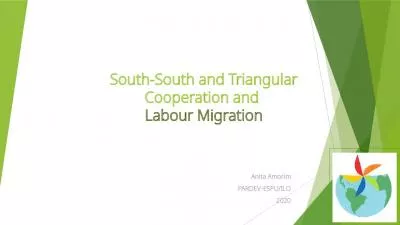PPT-Congolese Mixed Migration to South Africa and Their Livelihood Activities
Author : newson | Published Date : 2020-08-27
UPTUFS Conference 13092018 Chizuko Sato Institute of Developing Economies IDEJETRO Presentation Outline Introduction and research questions Concept of mixed migration
Presentation Embed Code
Download Presentation
Download Presentation The PPT/PDF document "Congolese Mixed Migration to South Afric..." is the property of its rightful owner. Permission is granted to download and print the materials on this website for personal, non-commercial use only, and to display it on your personal computer provided you do not modify the materials and that you retain all copyright notices contained in the materials. By downloading content from our website, you accept the terms of this agreement.
Congolese Mixed Migration to South Africa and Their Livelihood Activities: Transcript
Download Rules Of Document
"Congolese Mixed Migration to South Africa and Their Livelihood Activities"The content belongs to its owner. You may download and print it for personal use, without modification, and keep all copyright notices. By downloading, you agree to these terms.
Related Documents

